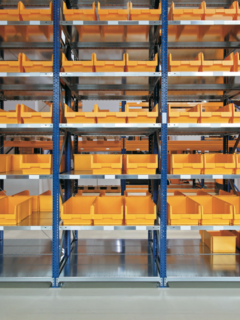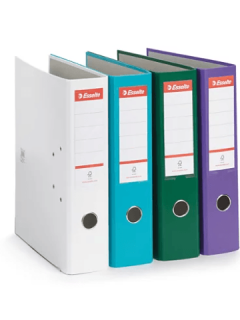Gift bags, whether they are made of colourful paper or durable plastic, are part of our everyday private and corporate life: they are used as a carrier for promotional brochures at trade fairs or exhibitions, as a quick packing of gifts or souvenirs for your customers or business partners, etc. Manufacturers of cosmetics, jewellery or branded goods prefer coated paper bags, while we privately put our supermarket purchases in a plastic bag. Approximately 65 bags pass through our hands throughout the year. Practical bags do not only function as an assistant for carrying goods, but also as an advertising tool. Each bag catches 300 pairs of eyes in its “lifetime” – an impressive number for an object that was originally intended only to facilitate shopping.
The evolution of the paper bag
Paper bags and sacks are among the earliest means of handling: as early as the Stone Age, people made them from leaves folded into funnel shapes, animal horns or bladders, and stored and transported grains, nuts, seeds or mushy foods in them. Around 1400, paper began to be produced in Germany, resulting in the use of paper cones and bags. With industrialisation, their worldwide conquest began. The first automated paper bags were produced in large quantities in 1853. By the beginning of the 20th century, there was already a whole range of bags. These paper bags were primarily used as food packaging. In this way, for example, the thick paper strips glued on provided greater safety when transporting bottles. Today, there are paper bags on the market in different sizes, colours and designs for different applications.
Plastic bags and their boom
The plastic bag experienced a great development in the consumer society in the 1950s and 1960s. At the same time, science was toying with new, easy-to-process fabrics that were both flexible and stable. In the early fifties, the first plastic bags with fully synthetic plastic – most made from flexible polyethylene (PE) – appeared on the market. 1965 marked a boom year for plastic bags, which very soon displaced paper bags from the top spot and began to gain a larger market share. Two indisputable advantages played an important role in this leadership: lighter weight and the possibility of greater load capacity. Other factors in favour of the plastic bag are its water resistance and reusability.
Bag printing as a low-cost means of advertising
The variety of designs and the low production costs of paper bags and conventional plastic bags attracted the attention of businesses, and the principle of ‘walking’ advertising was born: in 1961, the department store Horten awarded the first large-scale contract for the production of a plastic bag with a company imprint. Gradually, more and more companies began to use printed bags. Thanks to them, you promote your brand with a minimum of cost to your end customers, compared to a PR article in a newspaper or an advertisement on a billboard. Through. printing, the customer not only quickly identifies your company or products, but you also provide them with your contact details…
Plastic and paper bags have become a practical aid to everyday life and an essential part of our daily routine – as well as part of our consumer and cultural history.














